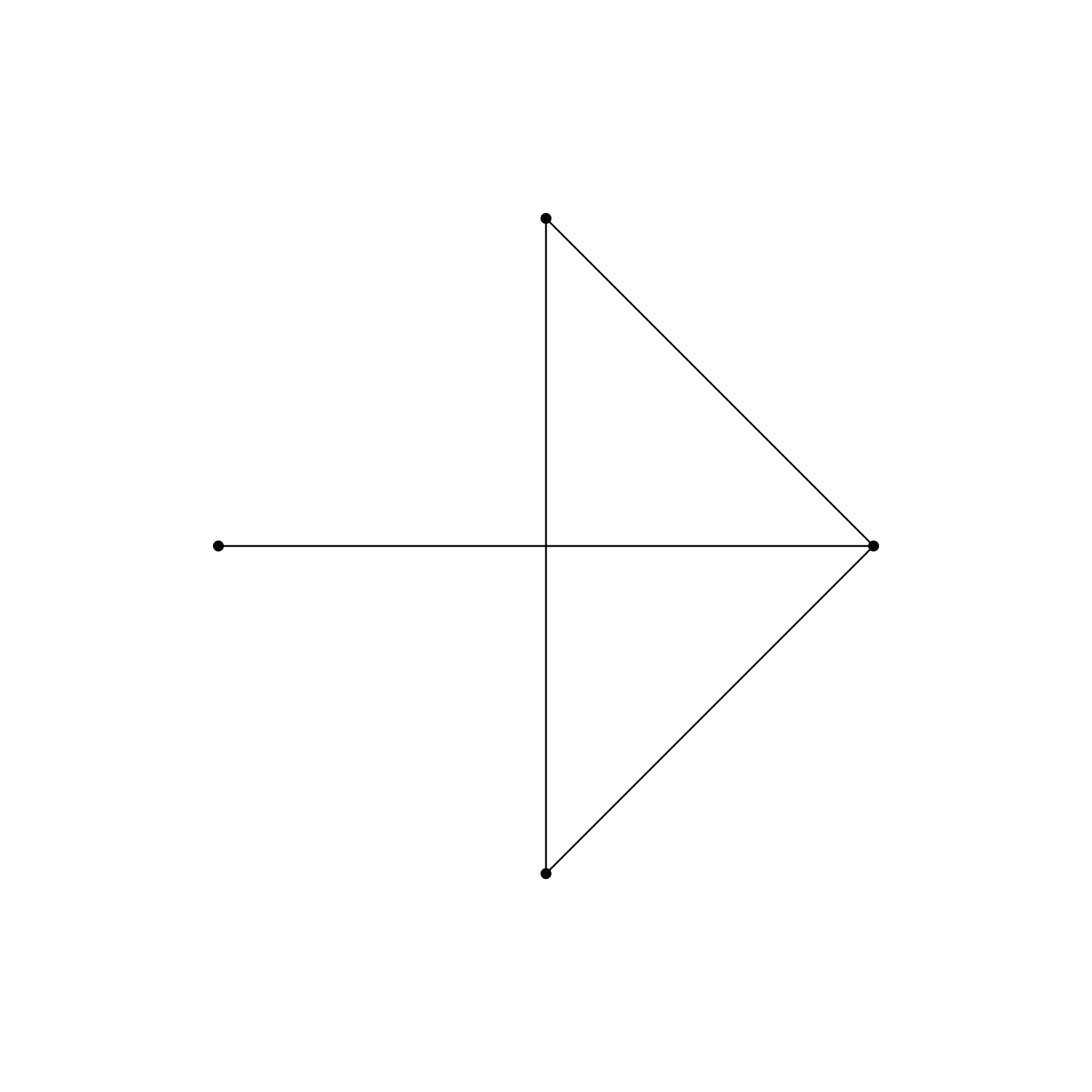Full Set (2025)
Full set (#1-#27)
A networked artwork that transforms mass-market mechanics into a game of collective value creation, where 27 distinct pieces become a single statement about digital art's struggle between democratization and worth.
"Full Set" engages directly with Rodeo - a platform that has sparked controversy in the digital art world for its approach to distribution: 24-hour open editions priced at just $0.30, which some critics view as reducing art to disposable commodities or "digital postcards," prioritizing accessibility and virality over traditional notions of artistic value.
The work operates through multiple interlinked systems, both embracing and critiquing these platform dynamics:
First, as individual pieces, each of the 26 original artworks functioned as self-contained commentaries on platform behaviors and the tension between democratization and perceived devaluation of art.
However, upon discovering the mutability of token imagery, these separate works were reimagined as nodes in a larger network, visually united through a 3x9 grid that maps the collection's evolution.
While edition sizes vary across the 27 works, the supply of token #1 caps the number of possible complete sets at 270.
The project's meta-structure culminates in the 27th piece, which introduces a critical consensus mechanism: if this single token surpasses 159,300 editions collected in 24 hours (the entire supply of the other 26 editions), it triggers a permanent transformation of the entire collection.
This number represents a form of network consensus, referencing blockchain's 51% threshold, where the dominant economic force determines the system's final state.
The threshold was successfully surpassed, permanently transforming the collection into its network state.
Through this structure, "Full Set" becomes a meta-commentary on platform dynamics, social coordination, and the relationship between individual and collective action in digital space. By using Rodeo's own controversial mechanics (micro-pricing, mass editions) as artistic material, the project transforms potential platform weaknesses into conceptual strengths. It explores how value and meaning emerge through network effects and collective decision-making, while simultaneously questioning the platform's impact on art valuation and distribution.
The work operates as both critique and celebration of new distribution models, suggesting that even within systems optimized for mass consumption, nuanced artistic statements about value, scarcity, and collective action can emerge.






























